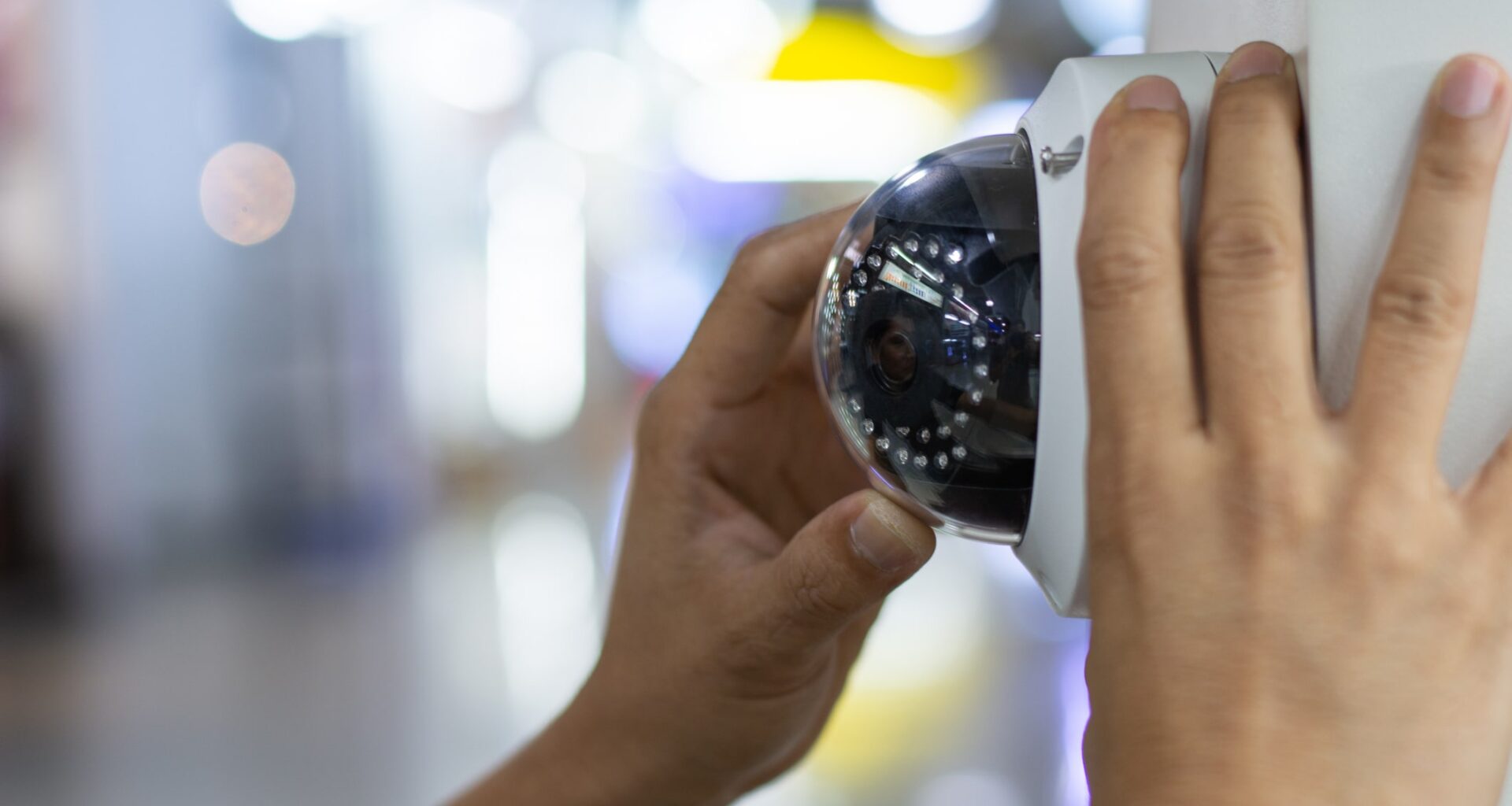
James Prietzel, Product Manager at Intelligent LED Solutions (ILS)
James is the ILS Product Manager for everything related to LEDs and has been with ILS since 2012. He is dedicated to understanding the latest technologies and innovations from leading suppliers in the OptoElectronics world, from optics, to LEDs and to Intelligent LED Drivers.
Infrared (IR) is a type of electromagnetic radiation with wavelengths outside of the visible light spectrum. It was discovered in 1800 by William Herschel, who conducted experiments measuring the difference in temperature between wavelength colours. This led to the discovery of IR, with the warmest temperature measurements sitting beyond the red end of the visible spectrum.
Although humans cannot typically see IR wavelengths, weaker ones may emit a visible red glow. A red glow is seen as the IR wavelengths sit just past the visible red spectrum of light. So, although most IR wavelengths are not detectable by sight, humans can detect IR through its emission of heat. These characteristics enable IR to have many interesting and useful applications.
Where Does Infrared Sit on the Electromagnetic Spectrum?
Usually when thinking about LEDs (light-emitting diodes), we think of visible illumination. But IR LEDs have different applications. Different IR wavelengths are suited for varying purposes. Closest to the visible spectrum of light is near-infrared radiation. IR LEDs with a wavelength of 750-850nm emit a visible red glow. While mid and far range IR undetectable by human vision.
What are Infrared LEDs?
Infrared LEDs operate like any other LED but use different materials to produce a different spectrum of light. IR LEDs emit wavelengths at the top end of the electromagnetic radiation spectrum beyond the visible. But unlike LEDs that emit wavelengths and colours within the visible spectrum, IR LEDs are not used to provide illumination in the same way. IR LEDs can have many interesting applications, which will be explored below.
Do Infrared LEDs Emit Heat?
Although IR radiation does emit heat, most applications use IR for its unique illumination traits rather than heat. Such applications use high power IR wavelengths to illuminate large distances at higher resolutions which leads to heat being emitted and contained within the LED. Thermal management, such as heat sinks and thermal interface materials (TIM), is used to cool and draw heat away from the LED.
What are Infrared LEDs Used For?
IR LEDs are used in many different areas, both in the home and in industry. Let us take a closer look at some of their applications.
Remote controls: IR LEDs are commonly used for short-range communication such as remote controls for TVs, air conditioners, and other electronic devices. Remote controls contain an IR LED which emits pulses of non-visible infrared light to convey a message to a receiver.
CCTV and security cameras: Almost all objects emit some infrared radiation or heat, which can be detected via sensors. This makes IR useful for detection and sensing applications such as security cameras, automatic number plate recognition, and night vision goggles. These thermal imaging cameras use high-power IR LEDs placed around a camera lens to capture IR images in low or zero-light conditions. This allows a scene to be illuminated and monitored by a camera.
Motion sensors: IR LEDs are used in motion sensors to detect movement and trigger alarms or other actions. These sensors detect the infrared energy emitted as heat by humans and animals. Any increase in IR will be detected by the sensor, triggering a response, and notifying that someone has approached within its range.
Medical equipment: IR LEDs are used in medical equipment, such as pulse oximeters, to measure blood oxygen saturation (SpO2). Pulse oximetry measurement usually uses two different wavelengths. The difference between IR and red light absorption is used to determine the blood oxygen content. Pulse oximetry can also detect sleep apnoea in patients.
Automotive applications: IR LEDs are used for detection in automotive applications, such as collision detection systems and driver monitoring systems, that are designed to alert drivers of the presence of objects or pedestrians around the car. IR is the ideal solution here as it relies on heat to detect rather than illumination.
Barcode scanners: IR LEDs are used in barcode scanners. They direct IR wavelengths across the barcode surface. The reader then measures the pattern and quantity of the light reflected off the barcode. The light emission received is converted into data by a decoder and forwarded to a computer.
Smart watches and health monitoring: Heart rate monitoring typically comprises an IR wavelength. An IR LED will emit light, which penetrates through the skin and is absorbed by the blood vessels. The returned light and subsequent data allows metrics such as heart rate, blood oxygen level, and even blood glucose level to be measured. This technology is often implemented in smart watches as well as other medical devices.











